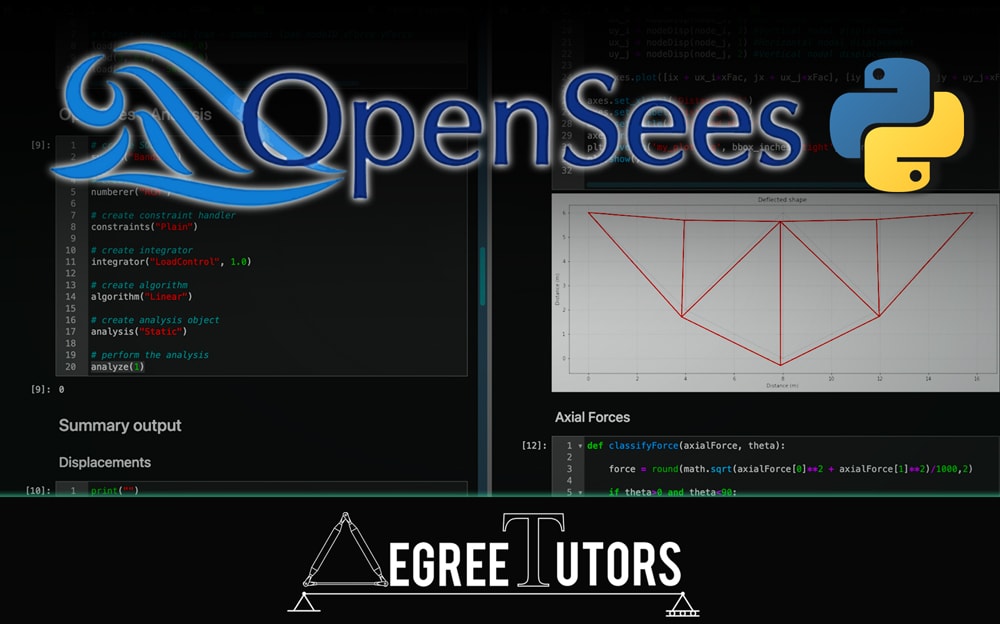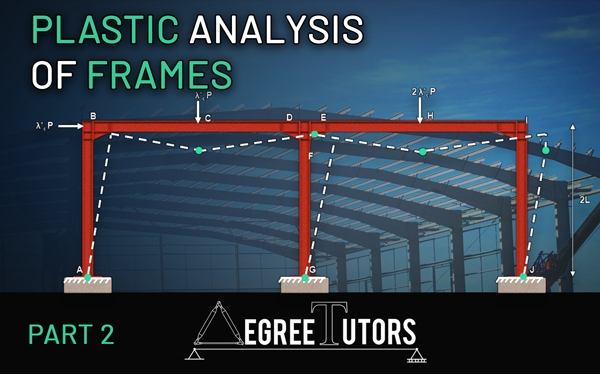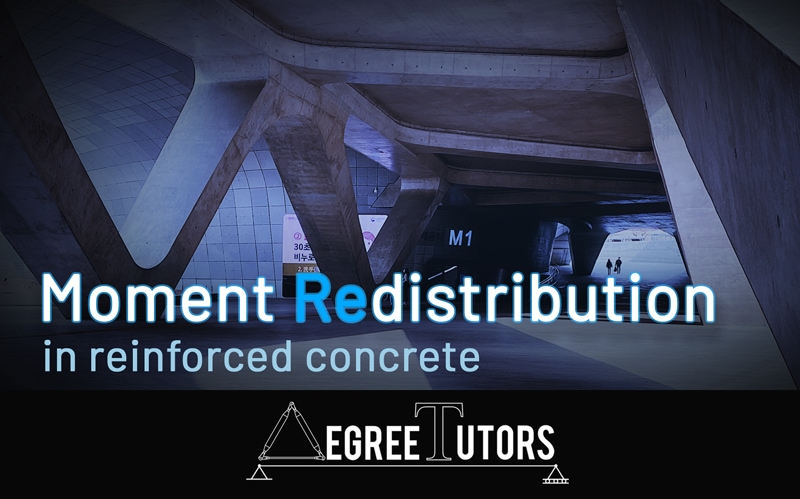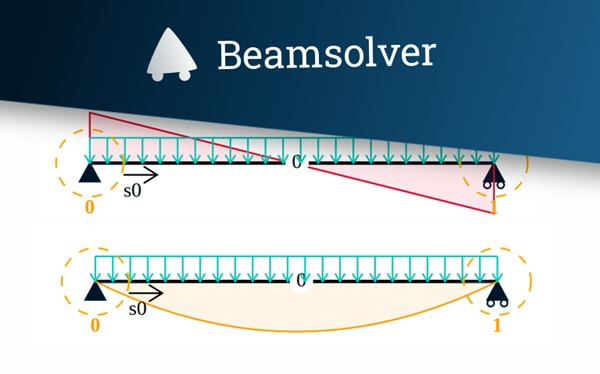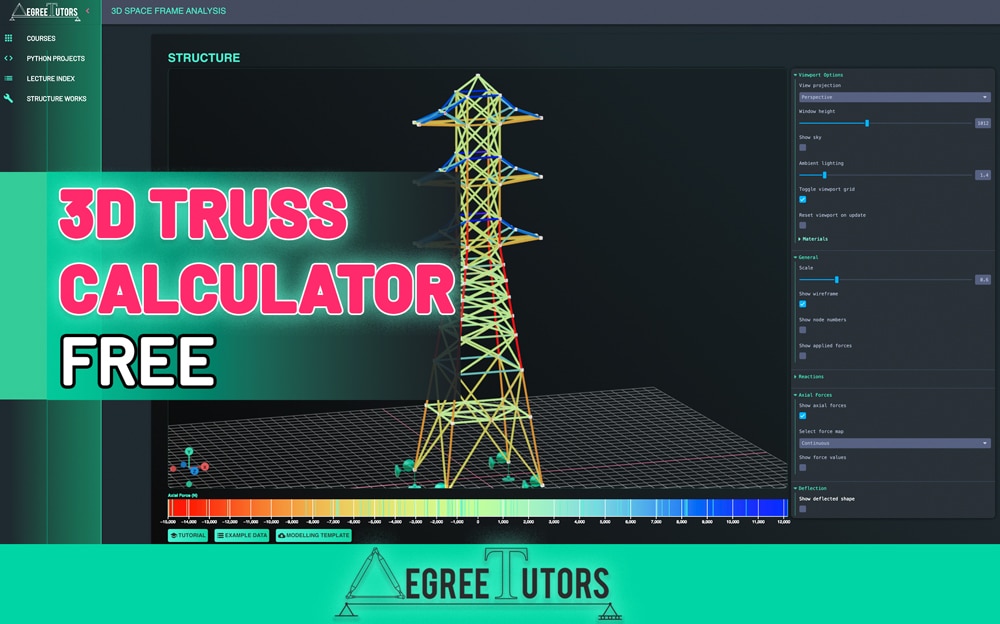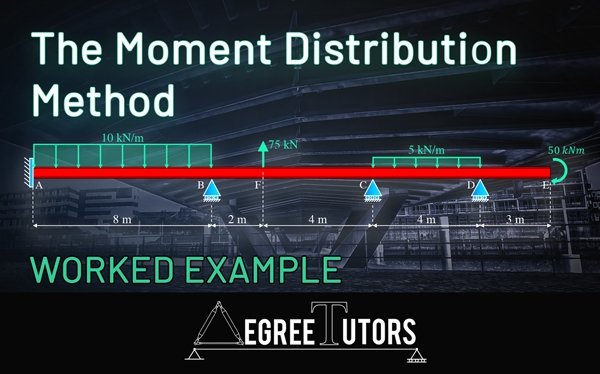An Introduction to OpenSees and OpenSeesPy for 2D Truss Analysis
In this tutorial, we’ll take a first look at OpenSeesPy, a Python library for performing finite element analysis based on the OpenSees framework. By the end of this tutorial, you’ll be able to perform 2D truss analysis using OpenSeesPy. I suspect you’ll also be very keen to explore OpenSeesPy further after you see how powerful it is! OpenSees, and by extension OpenSeesPy can be tricky to get started with. The learning curve is relatively steep, but there is a huge amount of functionality packed into the library, so it’s worth persevering with.
